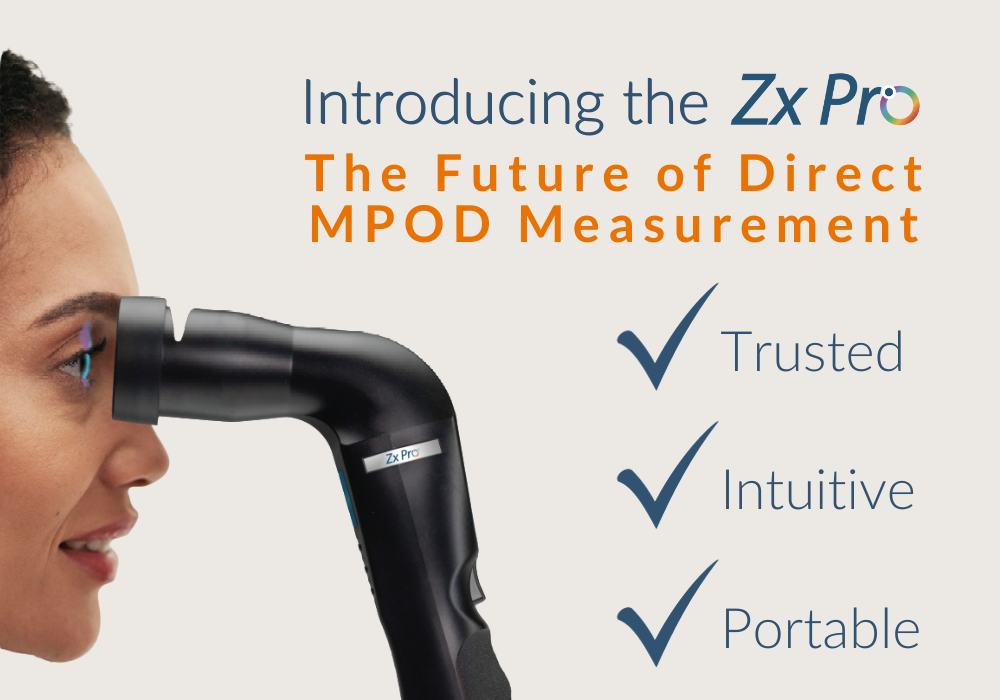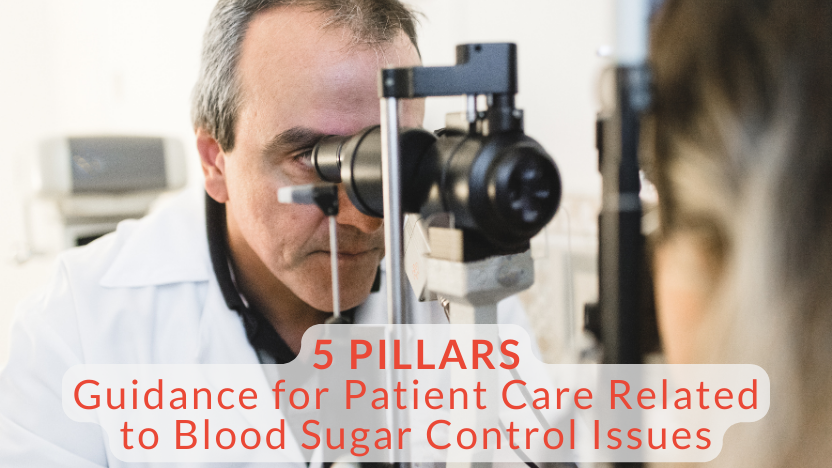5 Pillars of Caring for Patients with Blood Sugar Control Issues
Posted by EyePromise on Nov 9th 2023
Blood sugar control issues are more prevalent than ever, with 1 in 3 U.S. adults showing early signs of it. With these growing statistics, the optometry community banded together to make a difference. Designating a task force of 14 experts in blood sugar control issues and eye care, these leaders spent the better part of a year creating an “essential handbook” for eye care practitioners (ECPs) to utilize in daily practice.
Spearheading the taskforce was longtime EyePromise® partner and Scientific Advisory Board member Paul Chous, MA, OD, FAAO, and he explained,
“Our goal was to elevate the standard of care with proper management and vigilance, even given the challenges posed by today’s busy healthcare environments. The group also strove to develop recommendations that would be practical to implement.”
Ultimately, Dr. Chous and team wanted simple, actionable guidance for ECPs to utilize when caring for patients with blood sugar control issues. With this in mind, they developed 5 pillars to follow.
Pillar One: DETECT
The first thing the task force suggests is to treat eye health related to blood sugar control issues as progressive. This implies that ECPs can (and should) detect ocular changes prior to them being vision-threatening. Both structural and functional testing can be used to help ECPs achieve early detection.
MPOD Measurement for Blood Sugar Control Issues
Macular pigment optical density (MPOD) has been correlated with the impact blood sugar control issues have on the eyes. Those with early signs of damage often have lower MPOD scores. The new Zx Pro™ MPOD measurement device makes it easy for ECPs to start measuring patients before any visual changes.

Pillar Two: GRADE
The second pillar for ECPs to follow is to grade or classify visual and structural changes caused by blood sugar control issues. This should happen at the point of detection and at each follow-up thereafter, and changes of any kind should be charted. This level of detail helps ECPs understand the progression for each patient and better understand which patients need intervention and when.
Pillar Three: ASSESS RISK
A bit of a carryover from the last pillar, but the taskforce recommends assessing patients’ risk of worsening by monitoring over time. As mentioned above, this can (and should) include both structural and objective functional measures. Carefully tracking patients' vision over time can help identify any changes before they can wreak permanent havoc.
Pillar Four: MANAGE
Once you know your patients’ risks, you’ll need to manage those risks accordingly. This pillar is all about utilizing multidisciplinary resources to manage patients with blood sugar control issues. Working with their primary care physician, endocrinologist, and other specialists can help keep you and them informed on patients’ well-being. It’s important to note that this collaboration should happen regardless of the severity of the visual changes or blood sugar control issues.

Proactively Managing Risk
EyePromise offers ECPs another way to proactively manage patients’ risk of visual changes caused by blood sugar control issues. EyePromise DVS is the only eye health nutraceutical demonstrated to protect and improve visual function in an FDA-approved clinical trial without impacting normal blood sugar levels. This expertly crafted formula uses high-quality, natural ingredients to promote better outcomes in their patients with blood sugar control issues.
Learn more about EyePromise DVS.
Pillar Five: SUPPORT

Once a care protocol has been established, it’s imperative that ECPs continue to support patients with continuing education. This is where those multidisciplinary resources can really help. EyePromise can help you provide patient education regarding blood sugar control issues. With educational blogs, practice material, and website content, you don’t need to create a bunch of things for your patients. EyePromise has you covered!
Additionally, EyePromise offers the Auto Refill Program (ARP), a subscription option that helps to increase patient compliance as well as cover some continuing education. The ARP sends education via email, explaining eye health in relation to blood sugar control issues, MPOD, and more. Once enrolled, patients also receive a follow-up call and continuing support from our expert Customer Support team.
Don’t wait for blood sugar control issues to get worse for your patients. Start implementing these five pillars today and partnering with EyePromise now to proactively care for your patients.

